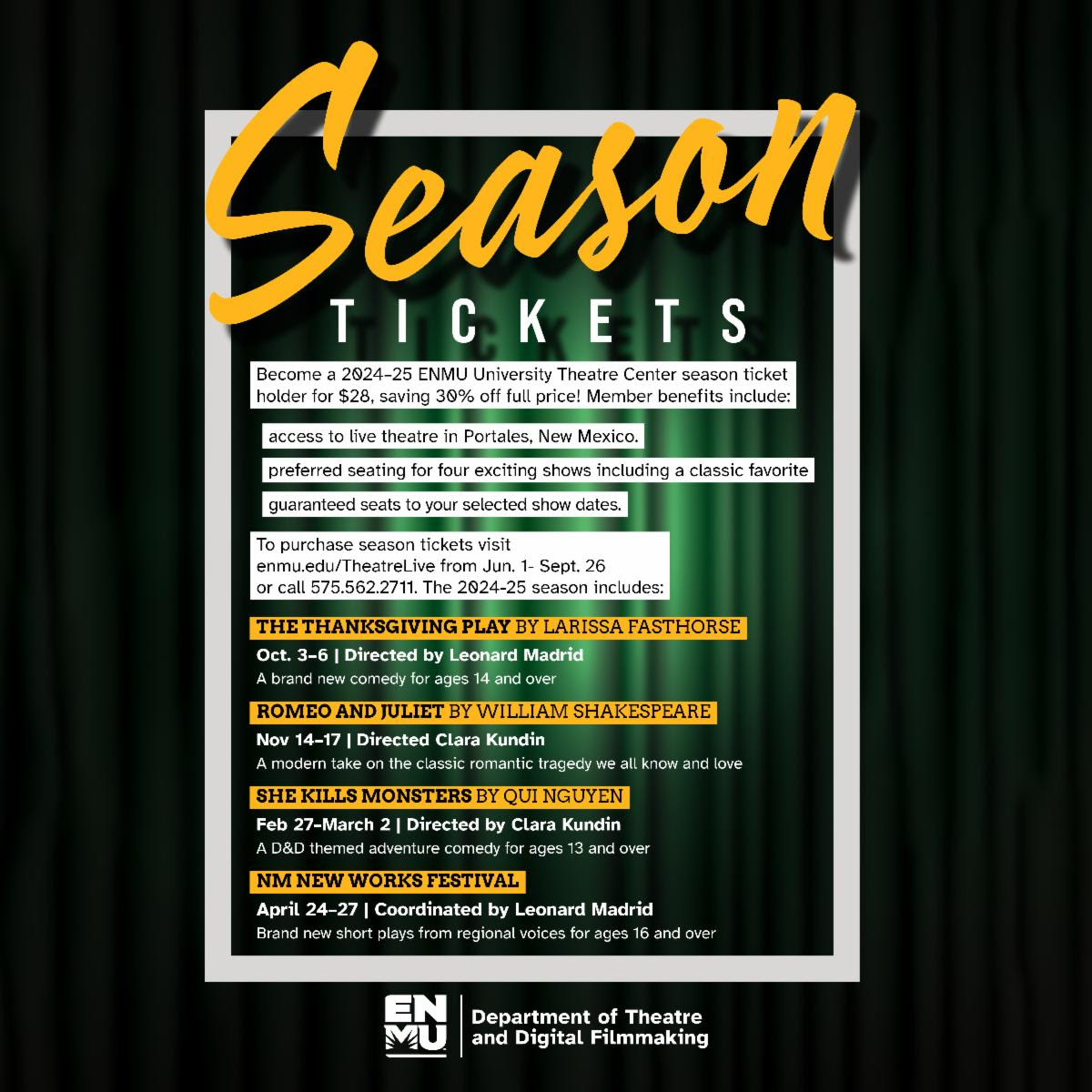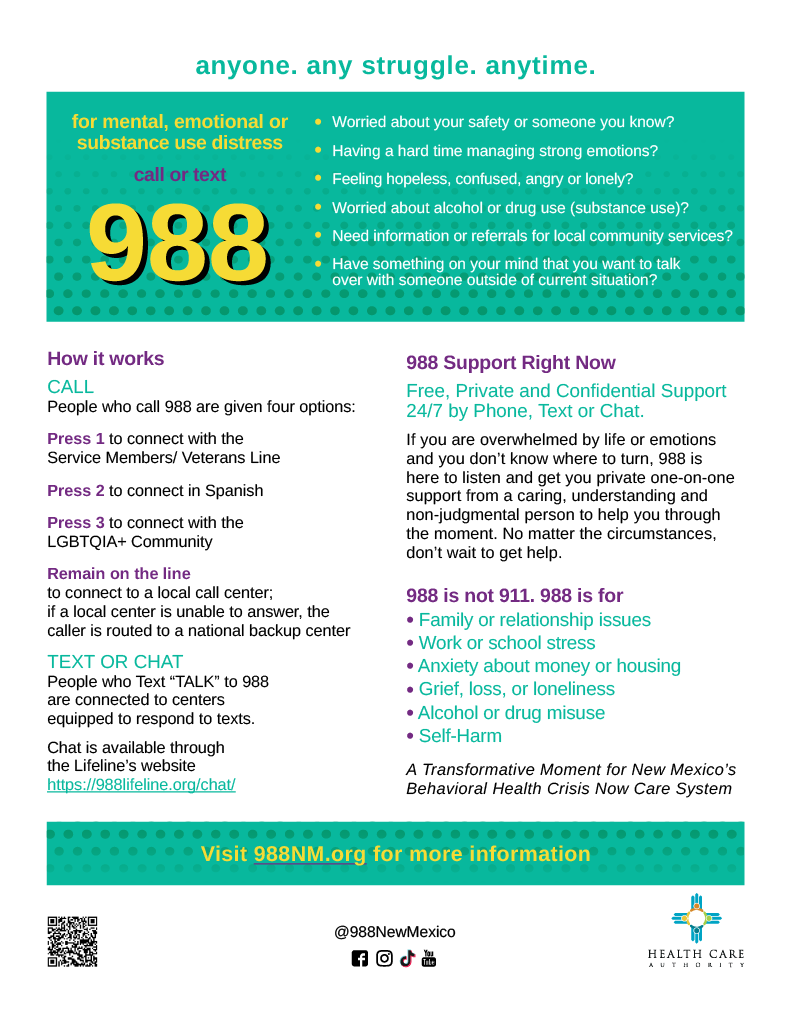SANTA FE – A voter-approved measure that changed New Mexico’s utility regulator did not unconstitutionally logroll multiple proposals into a single ballot question, the state Supreme Court concluded in an opinion issued today.
The Court’s unanimous opinion provided the legal reasoning for a decision announced from the bench late last year that allowed an overhaul of the Public Regulation Commission (PRC) to take effect in January.
Constitutional Amendment 1 made the PRC a regulatory agency of three members appointed by the governor rather than five members elected by voters to represent districts across the state. The measure also narrowed the scope of the PRC’s authority to regulation of public utilities and allowed the Legislature to statutorily assign other regulatory responsibilities to the commission. Legislators approved the measure in 2019, and voters adopted the amendment in 2020.
“In the present case, we determine that the several changes made by Amendment 1 are all germane to one general object or purpose,” the Court wrote in an opinion by Justice Michael E. Vigil.
The various changes related to “the Legislature’s object or purpose of reforming the PRC,” the Court explained.
Three nonprofit organizations representing the rights of Native Americans challenged the amendment in 2022, asking the state’s highest court to invalidate the measure before it took effect this year. The groups contended the amendment represented unconstitutional logrolling — combining multiple independent measures into a single ballot question so that people who support one of the proposals would back the others. The groups also argued that the amendment’s ballot title was unlawfully misleading, particularly because it failed to make clear that voters would no longer select PRC members.
The justices rejected those arguments, citing past rulings by the state’s highest court in other cases involving logrolling challenges to ballot questions. The Court wrote that it was “struck by the many similarities” between the PRC amendment and a 1988 ballot question that revised how New Mexico selected judges. The 1988 constitutional amendment created the current system in which a bipartisan commission recommends nominees to the governor for possible appointment to vacant judgeships. Previously, judges were selected by voters in the same manner as other elected officials.
“Of course, we acknowledge that each of the several changes proposed by Amendment 1 could have been submitted separately to the voters,” the Court wrote. “We also acknowledge that some voters may have preferred one change and opposed another. We express no opinion on the merits or wisdom of the changes made by Amendment 1. We conclude only that the Legislature’s choice to join the various changes together in a single-ballot measure was not irrational.”
The justices found that “Amendment 1 does not surreptitiously ride a controversial measure on the back of a popular one,” unlike an amendment on the 1994 ballot – authorizing a state lottery and permitting video gambling – that the state’s highest court invalidated because it improperly combined two separate objects into one amendment.
The Court also wrote, “The entirety of Amendment 1 was widely debated before the election, and all of the chief effects of the amendment – including and especially the transition to appointed Commission members and the reduction of the PRC’s responsibilities – were well known to the public.”
The justices concluded that “the title of Amendment 1 sufficiently communicated the purpose of the amendment and was not misleading, so there is little chance that the voters were ‘lured … into casting their votes’ in favor of Amendment 1 based solely on the popularity of a separate measure.”






































